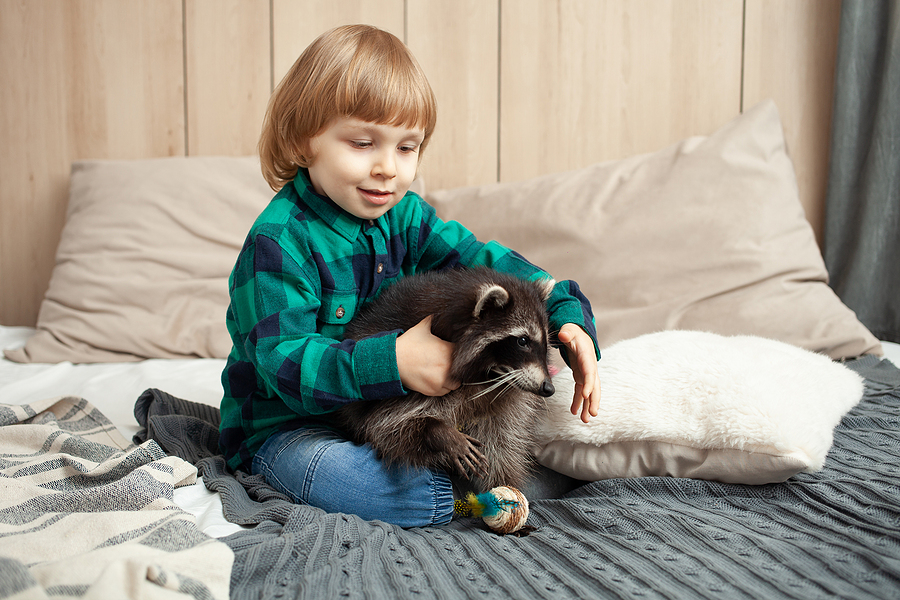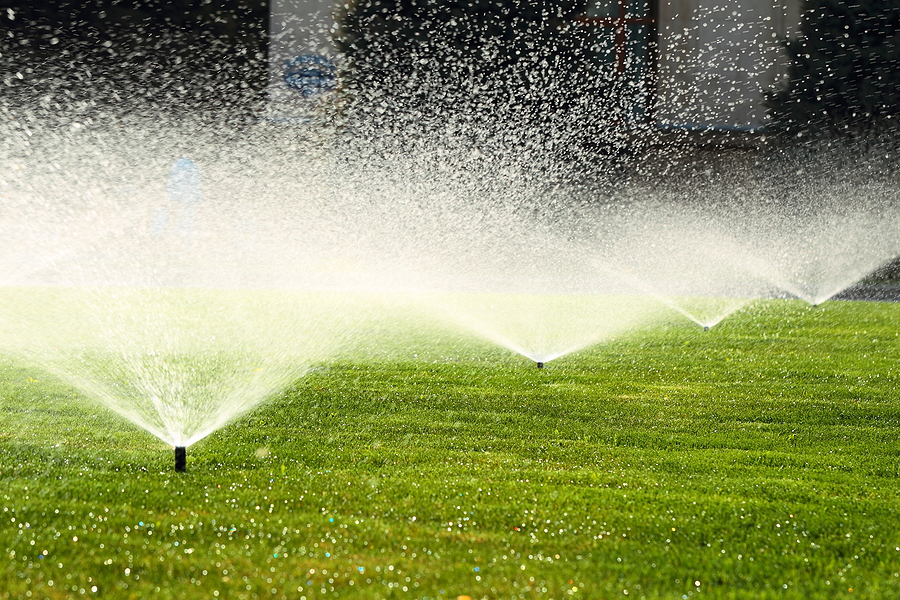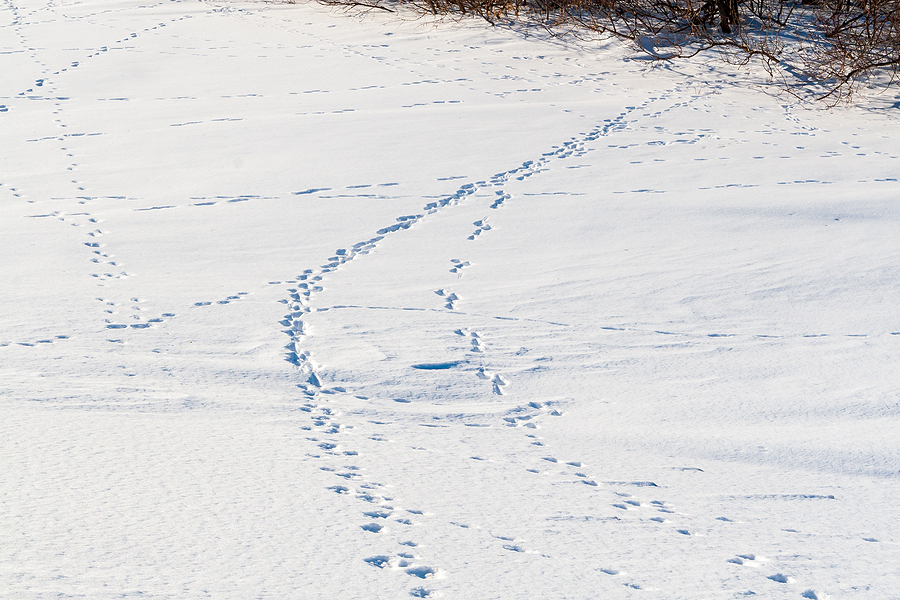Animal infestations aren’t just a nuisance—they can lead to significant damage to your property and pose health risks to you and your family. From chewed wires causing fire hazards to raccoons spreading diseases, uninvited wildlife in your home or yard can quickly become a costly problem. Fortunately, taking proactive measures can keep critters like squirrels, raccoons, skunks, opossums, chipmunks, and moles at bay.
This guide will equip you with practical steps for animal infestation prevention, including identifying entry points, implementing preventative measures, and utilizing both DIY and professional solutions. By taking these proactive steps, you’ll protect your property and maintain a safe and healthy living environment year-round.

Identifying Potential Entry Points Outside of the House
Wildlife often invades homes through vulnerabilities in the structure. Finding and addressing these entry points early is essential to prevent infestations. Here’s what to inspect:
Cracks in the Foundation
Even tiny cracks in your foundation can become access points for smaller animals like chipmunks and mice. Over time, these cracks can grow larger, inviting bigger pests.
Gaps Around Pipes and Utility Lines
Animals, particularly rodents, can squeeze through surprisingly small gaps around plumbing pipes, gas lines, or electrical conduits. Look for holes where utilities enter your home and seal them with caulk or steel wool.
Damaged Vents and Chimneys
Raccoons and squirrels are notorious for finding weak spots like damaged vent covers or uncapped chimneys. They see these as perfect dens for nesting. Weatherproof vent caps and chimney screens can provide effective protection.
Roof Vulnerabilities
Broken shingles, loose flashing, or gaps along the roofline can allow squirrels, raccoons, and even bats to move in. Regular roof inspections and timely repairs can make a huge difference.
Unsealed Windows and Doors
Skunks, rabbits, and opossums are low to the ground and often enter through unsecured crawlspace doors or improperly sealed windows. Install weather stripping or door sweeps to keep them out.
💡 Pro Tip: Keep an eye out for infestation signs, such as scratching noises, droppings, or disturbed soil. Early detection makes control much easier!
Implementing Preventative Measures
Prevention is the best defense against animal infestations. Here are some simple but effective strategies to keep wildlife at a safe distance:
Seal Entry Points
Once you’ve identified potential access areas, seal them with durable materials like steel mesh, caulk, or expanding foam. For larger openings, hardware cloth or metal flashing works best.
Maintain Landscaping
Trim tree branches at least 10 feet away from your home to prevent squirrels or raccoons from leaping onto your roof. Remove piles of leaves, rocks, or other debris where smaller animals, like chipmunks or moles, might hide.
Proper Waste Management
Wildlife is drawn to easily accessible food sources like trash cans. Use durable bins with tight-fitting lids, and avoid leaving pet food or birdseed outside overnight.
Use Wildlife Deterrents
- Animal Repellents: Apply vinegar, garlic, or cayenne pepper DIY sprays to areas at risk of wildlife activity.
- Motion-Activated Sprinklers: These scare away animals like raccoons or skunks when they step into your yard.
- Ultrasonic Devices: Sonic deterrents emit sounds unpleasant to animals but inaudible to humans.
- Natural Scents: Try placing peppermint oil-soaked cotton balls or mothballs in vulnerable areas, like your attic or garden.
Contact Us Today for Licensed Wildlife Removal
Install Physical Barriers
Protect gardens and foundation gaps by installing durable fencing or netting. Use mesh to cover ventilation openings and crawlspace entrances.
By implementing these measures now, you’re likely to save yourself the expense and stress of dealing with an infestation later. Seasonal maintenance is key to staying ahead of problems.
Seasonal Tips
- Spring: Seal entry points to deter animals during their breeding season.
- Summer: Manage waste properly to avoid attracting foraging wildlife.
- Fall: Double-check that chimneys and crawlspaces are secure before animals seek winter shelter.
- Winter: Provide alternate water sources outdoors to prevent animals from seeking it inside your home.
Professional Wildlife Removal and Control Solutions
While DIY solutions are often effective for minor issues, some situations call for professional assistance. Wildlife infestations can escalate quickly, especially when it comes to animals like raccoons or opossums, which can be aggressive when cornered. Here’s how professionals can help:
When to Call a Professional
- Significant damage to your property (e.g., chewed wiring or insulation).
- Recurring infestations despite your efforts.
- Health risks, such as exposure to raccoon droppings or skunk spray.
- Protected species (handling these requires expertise and compliance with local laws).
What Pros Can Offer
- Humane Trapping and Relocation: Licensed wildlife removal experts follow strict regulations to safely and humanely trap and relocate animals.
- Exclusion Services: Professionals will seal entry points and install barriers to prevent future invasions.
- Damage Repair: Damage caused by animals, such as chewed wires or scratched walls, is repaired to ensure your home is restored.
- Ongoing Prevention Plans: Some companies offer regular inspections and deterrent applications as part of a maintenance plan.
Cost Analysis
While professional services may seem expensive initially, they often provide long-term solutions that reduce ongoing costs. DIY methods are generally cheaper but require more recurring effort and may not fully address the problem.
For complex infestations or high-risk wildlife, investing in professional removal services is always the safer and more effective choice.
In Summary
Preventing wildlife infestations requires vigilance, regular maintenance, and a proactive approach to potential risks. By identifying entry points, implementing preventative measures, and seeking professional help when necessary, you can safeguard your property from damage, health risks, and costly repairs.
Not sure where to start? Schedule a property inspection with Budget Animal Removal and gain peace of mind knowing your home is protected from unwanted critters. Together, we’ll create a plan to keep your property safe, secure, and animal-free.
Schedule a Wildlife Inspection Now
Related Post: Safeguarding Your Sanctuary: A Guide to Animal-Proofing Your Home









